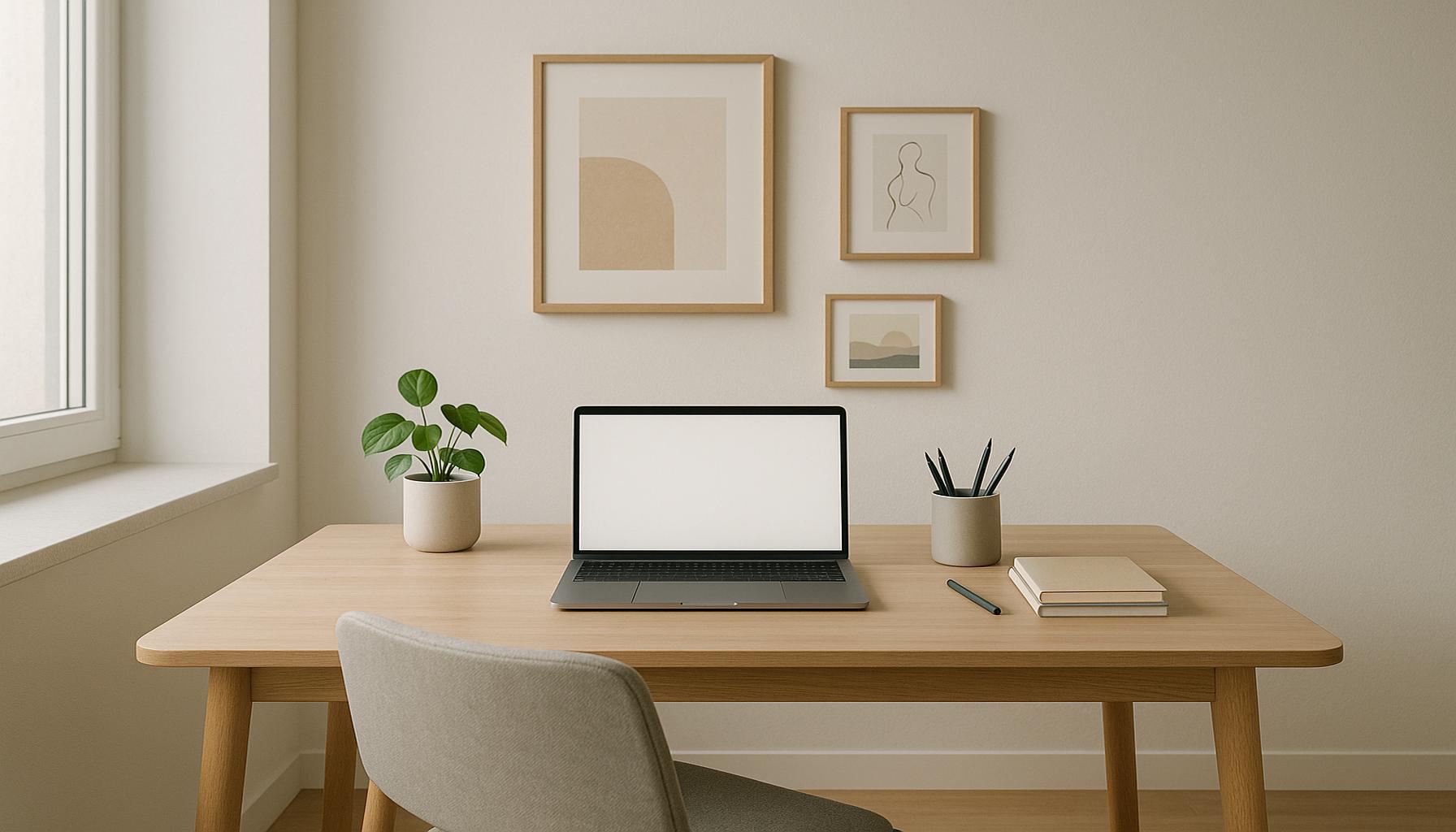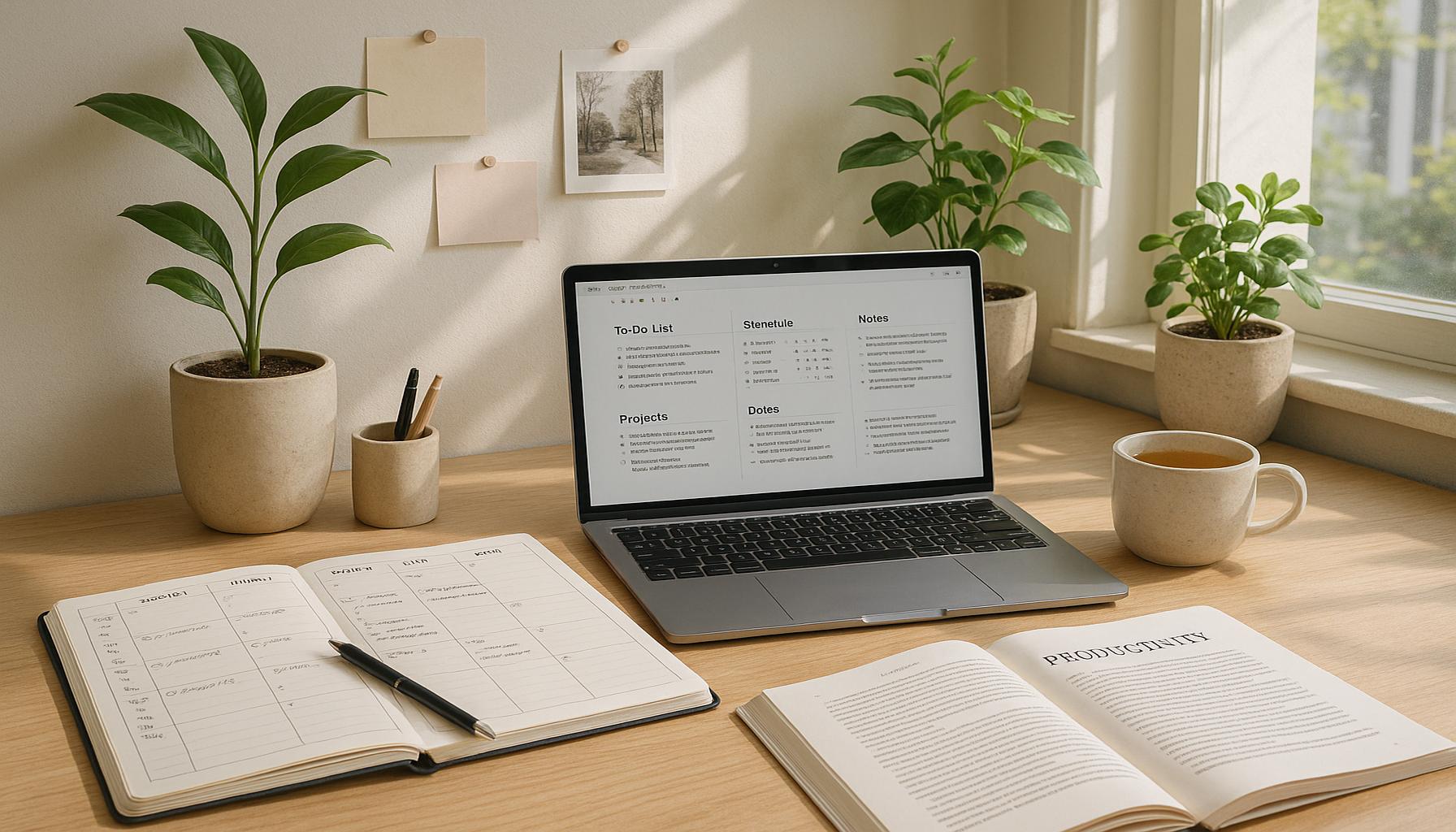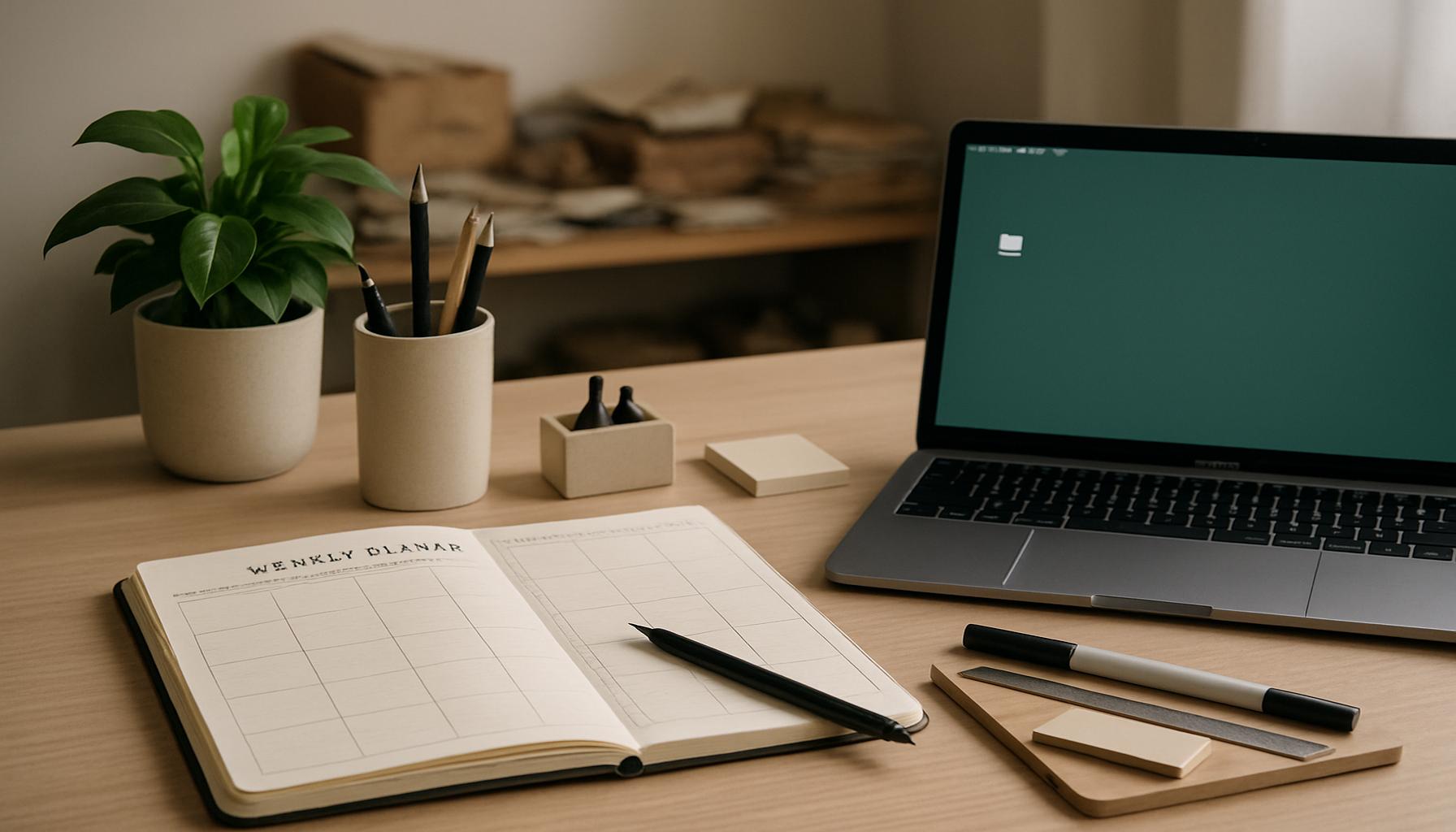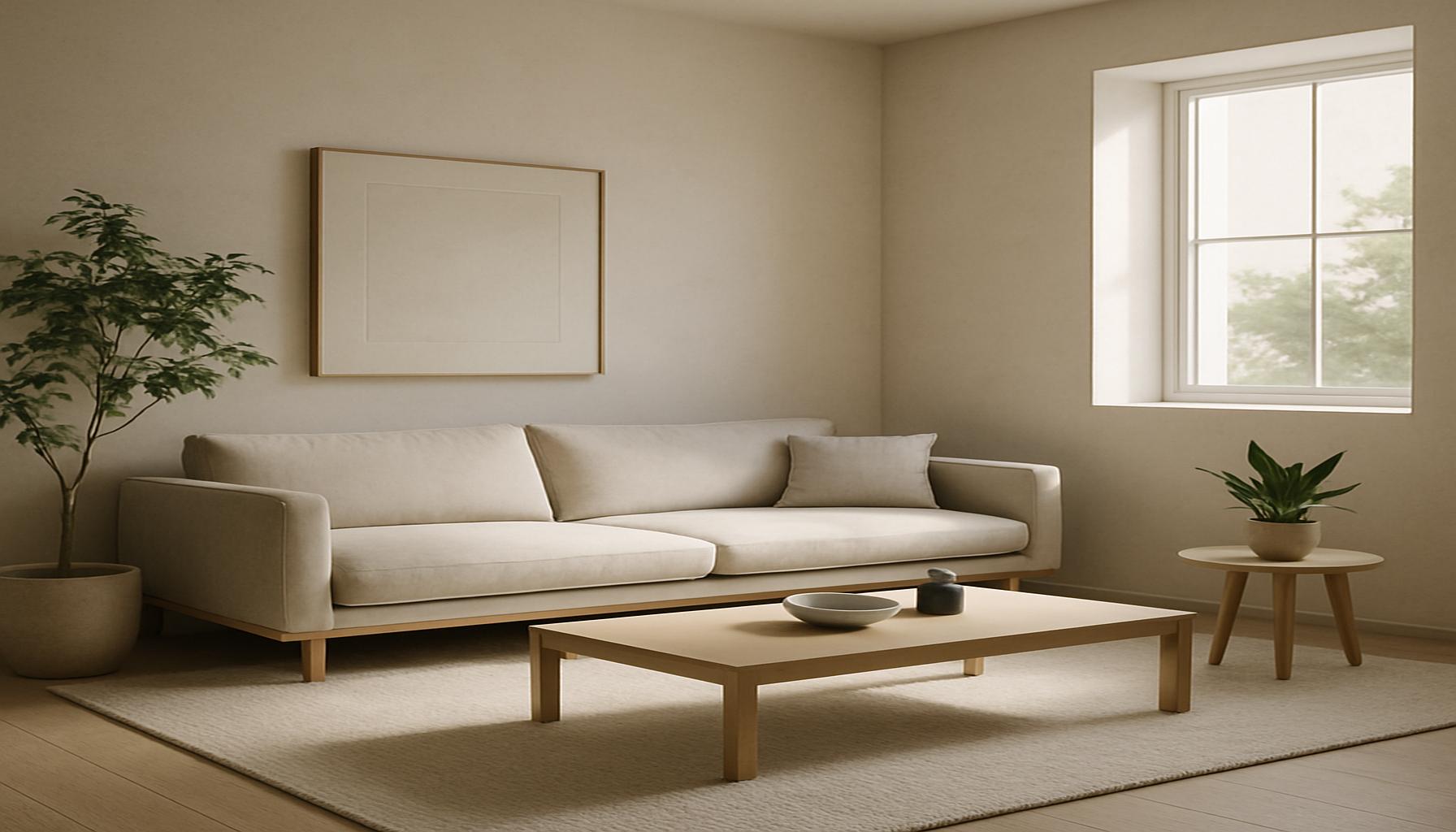Creating Intentional Spaces: The Role of Design in Minimalist Personal Organization

Understanding the Importance of Design in Everyday Life
In a world overflowing with distractions and clutter, the concept of intentional spaces has taken on renewed significance. Minimalist personal organization is not just about reducing items; it’s about creating environments that enhance our well-being and productivity. Our surroundings greatly influence our mental state, and the practice of organizing intentionally has far-reaching implications in various aspects of our lives.
The Intersection of Design and Minimalism
At the heart of this movement lies the intricate relationship between design and organization. Thoughtful design can transform a space by emphasizing:
- Functionality: Each element serves a purpose. For instance, a multi-functional coffee table can double as storage, reducing clutter while keeping essential items within arm’s reach.
- Aesthetics: Visually appealing arrangements promote positivity. A well-placed piece of art or a carefully selected color palette can uplift the mood of an entire room, creating an environment that inspires creativity and comfort.
- Mindfulness: Encourages a state of peace and clarity. Spaces designed with tranquility in mind, such as a meditation corner adorned with soft textiles and natural elements, foster a mindset conducive to relaxation and focus.
Intentional spaces help us focus on what truly matters in our lives. As the minimalist philosophy spreads, more individuals are discovering the benefits of purging excess and crafting serene environments. From decluttering a chaotic workspace to mindfully organizing home interiors, the shift towards minimalism is not merely a trend but a transformative lifestyle choice.
Effects on Daily Life
Creating these spaces can lead to profound changes, such as:
- Reduced stress levels. Studies have shown that environments filled with clutter can trigger stress responses, while minimalism promotes calmness and order.
- Improved creativity. A tidy and organized space allows the mind to explore new ideas without being overwhelmed by distractions, thus enhancing creative flow.
- Enhanced overall productivity. In workplaces, implementing design strategies that prioritize organization can lead to higher efficiency and better time management, creating an atmosphere that is conducive to achieving goals.
As we navigate our daily lives, establishing intentional spaces can become a catalyst for change. By embracing minimalism and thoughtful design, we can create environments that reflect our values and priorities. In this article, we delve deeper into the role of design in cultivating intentional spaces, offering insights and strategies that can be implemented in any home or workspace. Join us as we uncover how to redefine your environment through minimalism and intentionality, ultimately paving the way for enhanced well-being and a fulfilling life.

DISCOVER MORE: Click here for essential tips
The Transformative Power of Intentional Design
Intentional spaces are crafted with a clear purpose in mind, designed to eliminate distractions and foster a sense of peace. One of the most substantial benefits of minimalist personal organization is the way it brings forth a thoughtful approach to how we interact with our environments. The process begins by assessing the existing design elements and their impact on our daily lives.
Breaking Down the Elements of Design
The nexus of design and minimalism is built on three core principles that guide how we can create functional, aesthetically pleasing, and mindful spaces:
- Clarity: A well-structured environment promotes focus and clarity of thought. Clear surfaces, minimal adornments, and defined areas for specific tasks help establish a mental roadmap, making it easier to navigate daily responsibilities.
- Harmony: At the heart of any intentional space is the principle of harmony, where colors, textures, and shapes work in concert to create a soothing atmosphere. For example, pairing soft, muted colors with natural wood elements can foster a more relaxing environment, conducive to creativity and calm.
- Accessibility: Design should enable accessibility to essential items. A well-organized shelf or a designated spot for everyday items reduces the time spent searching for things, thereby enhancing efficiency and reducing frustration.
Incorporating these principles into our personal and professional spaces encourages a thoughtful interaction with our environments. By designing spaces that align with our values and priorities, we can cultivate a sense of intention rather than mere reaction. This is particularly vital in today’s fast-paced world where distractions abound.
The Psychological Impact of Space Design
Research substantiates the psychological effects of our environments. For instance, studies indicate that individuals in uncluttered environments experience significantly lower levels of anxiety and stress. Furthermore, spaces designed with care promote higher productivity levels, which is particularly relevant in work settings. By implementing strategic design changes, such as integrating more natural light or using open shelving to display items that evoke joy, we can shift our mental and emotional states.
Lifestyle adjustments fostered through intentional design can lead to better decision-making, enhanced creativity, and an increased sense of well-being. For many, the journey of minimalism begins with recognizing the connection between design and personal organization. As we continue to explore this interplay, it becomes clear that intentionally designed spaces are far more than aesthetics—they are vital frameworks for living a fulfilling life. In the sections that follow, we will delve deeper into the actionable steps to create your own intentional spaces, underpinning how design can catalyze meaningful change in our lives.
Strategic Design Elements in Minimalist Organization
Creating intentional spaces hinges on understanding the strategic design elements that promote a sense of order and calm. At the core, minimalism is not merely about removing clutter; it’s about creating a harmonious environment that serves your lifestyle. Key concepts such as **functional furniture, decluttered surfaces**, and **artistic minimal decor** play vital roles.
Functional Furniture
Opting for furniture that combines aesthetics with functionality is crucial for enhancing a space. Consider multi-purpose pieces, such as a coffee table that doubles as storage. This design approach not only maximizes space but also promotes organization by providing a designated area for items, significantly reducing visual clutter.
Decluttered Surfaces
Surfaces in an intentional space should remain clear, allowing for mindfulness and focus. Regularly assessing items that occupy countertops and tables can facilitate a more organized environment. Adopting storage solutions such as concealed cabinets and sleek shelving reduces the environmental stress caused by clutter, leading to improved mental clarity.
Artistic Minimal Decor
While minimalism suggests a reduction in decoration, integrating **artistic elements** can enhance the aesthetic of a space. Thoughtfully placed art pieces can reflect personal identity while contributing to a serene atmosphere. The key is to choose art that resonates personally yet adheres to the overall minimalist design, bringing joy without overwhelming the space.
| Category | Key Benefits |
|---|---|
| Functional Design | Maximizes utility without sacrificing style |
| Emotional Well-being | Promotes peace and reduces stress |
By embracing these **strategic design elements**, individuals can create homes that not only function well but also reflect their values, leading to a polished and fulfilling lifestyle. This integration of functional and aesthetic elements fosters an environment where intentional living is embraced, encouraging individuals to explore and innovate further in their organization journeys.
DISCOVER MORE: Click here for effective organization tips
Actionable Steps to Cultivate Intentional Spaces
Transitioning to a minimalist lifestyle through intentional design may seem daunting at first, but breaking the process down into manageable steps can lead to significant and rewarding transformations. Here are some practical strategies to create intentional spaces that align with your aspirations:
1. Declutter with Purpose
The first step in creating an intentional space is to declutter with deliberation. Start small by selecting one area—like a desk, kitchen counter, or a closet. The goal is to eliminate items that do not serve a functional or emotional purpose. As you assess each object, ask yourself, “Does this add value to my life?” If the answer is no, consider donating or recycling it. This practice not only clears physical space but also mental clutter, paving the way for a more cohesive environment.
2. Designate Zones
Next, implement a zoning system in your space. This involves creating specific areas dedicated to different activities, such as work, relaxation, or hobbies. Clearly defined zones help to delineate tasks and minimize distractions. For example, a cozy reading nook can encourage relaxation away from a busy work area, while a well-organized workspace can enhance productivity. This intentional segregation fosters an environment where each zone serves its purpose without bleed-over that can create chaos.
3. Optimize Layout and Flow
Once zones are established, focus on the layout and flow of the space. Arrange furniture and items so that movement feels intuitive and unobstructed. In open areas, consider using rugs or furniture arrangement to define spaces without the addition of physical barriers. Flow should feel seamless, guiding you effortlessly from one activity to another. For instance, placing a small table beside your reading chair invites the habit of settling down with a book, while ensuring your workspace is within reach of necessary supplies will minimize interruptions.
4. Utilize Multi-Functional Pieces
Incorporate multi-functional furniture into your intentional space. This design approach maximizes utility while minimizing visual clutter. Consider purchasing a coffee table that doubles as a storage unit or a sofa bed for unexpected guests. Such elements not only enhance the aesthetic appeal but also reinforce the principles of minimalism by ensuring that every piece in your space serves more than one function.
5. Infuse Personal Touches
While minimalism thrives on simplicity, that does not mean your space should lack personality. Thoughtful incorporation of personal touches through art, plants, or meaningful objects can elevate an intentionally designed space. Choose a few favorite pieces that invoke joy or inspiration, positioning them strategically to invite engagement and appreciation. For instance, a single vibrant piece of art can serve as a focal point, igniting creativity while ensuring that your environment remains uncluttered and harmonious.
Adopting these actionable steps not only reshapes your environment but also enhances your overall quality of life. By combining design principles with mindful practices, you invite intentionality into the spaces in which you live and work. The effects of such transformations extend beyond aesthetics, fostering a lifestyle that aligns more closely with your goals and values, encouraging ongoing exploration of what it means to create intentional spaces.
DISCOVER MORE: Click here to enhance your efficiency
Conclusion: Embracing the Art of Intentional Spaces
In a world that often promotes excess, the journey towards creating intentional spaces through minimalist design offers a refreshing perspective. By focusing on the essentials, we can cultivate an environment that not only reflects our personal values but also enhances our overall well-being. The actionable steps outlined—decluttering with purpose, establishing functional zones, optimizing layout, utilizing multi-functional pieces, and infusing personal touches—serve as foundational elements in this transformative process.
As we embrace minimalism, it’s crucial to recognize that the process is not merely a one-time effort but an evolving commitment to maintaining a harmonious space. Intentional design encourages us to regularly evaluate our possessions and their roles in our lives, fostering a mindset of mindfulness. This connection between design and organization fosters a deeper understanding of what we cherish, enabling us to create living spaces that inspire creativity, focus, and tranquility.
Ultimately, the role of design in minimalist personal organization transcends aesthetics—it invites us to explore the possibilities of living with less while experiencing so much more. As you embark on this journey of creating intentional spaces, consider it a pathway to personal growth and fulfillment. The question then becomes not just how to design your space, but how to curate a life that resonates with clarity and intention. Dive deeper into this evolving philosophy, and allow each mindful choice to shape a sanctuary that truly speaks to your essence.


